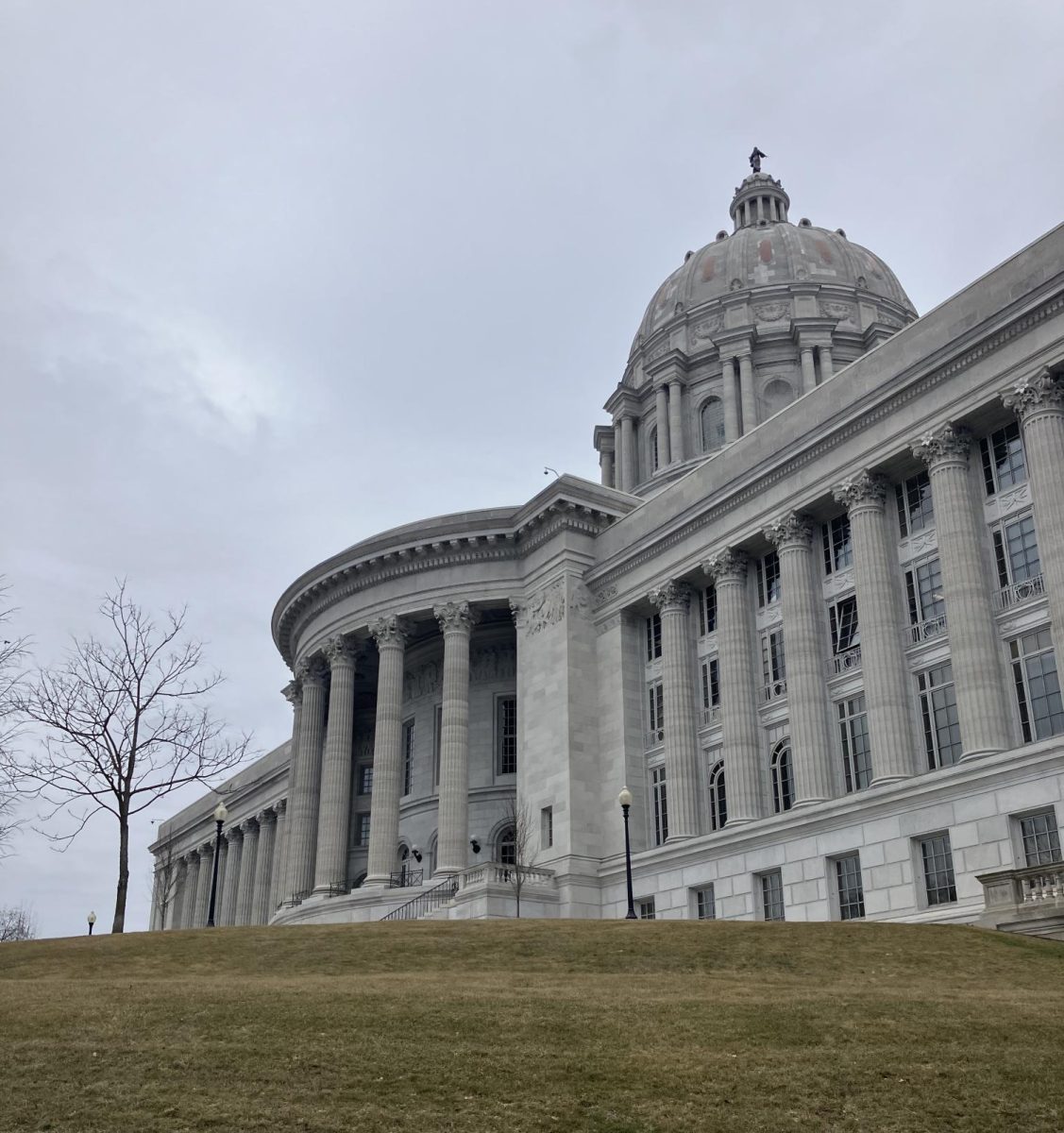As the climate crisis intensifies, the reforestation effort has gone viral as a way to combat global warming around the world. Millions of trees are planted in a frenzy, a desperate effort to curb the effects of climate change.
However, the trees planted hardly match up to the millions of trees cut down, not to mention that more than half of the planted trees don’t survive beyond one or two years. In Turkey, up to 90% of the 11 million trees planted as a reforestation effort died after a few months due to timing, planting inexperience and lack of water. Failure of these tree-planting initiatives to do proper research and follow-up care can devastate the existing environment’s biodiversity and cause a loss of water resources.
Nonetheless, planting trees isn’t bad in itself – trees produce oxygen, improve the air quality, absorb carbon dioxide and provide food or home to nearly all species. More of them would be beneficial in the fight against climate change. But the presence of trees alone can’t match up to already existing forests with unique ecosystems home to many species that are dependent on their trees. Forests require years to cultivate their biodiversity and mature – time we don’t have.
Additionally, while the logging industry promotes species extinction, water pollution, soil erosion, wildfire risk and the introduction of invasive species through their deforestation, some claim sustainability when replanting trees that are eventually cut down or die during the growth process. For example, one of America’s biggest logging companies, International Paper, partnered with Arbor Day Foundation, a tree-planting nonprofit. The result – over 20 articles mentioning their partnership and tree planting efforts.
It isn’t just the logging industry that finds planting trees as an easy way to gain that sustainability title. The 2015 Paris Agreement holds cooperating countries legally responsible for their climate change mitigations based on their pledged emission reduction goals. Governments could reach their goal by either lowering their emissions or buying carbon offsets – meaning, funding climate change sustainability organizations, projects or companies so that in exchange, that money will compensate for their greenhouse gas emissions. Because of this, planting trees has become a popular carbon offset that creates a facade of progress when not much is actually being done.
Ultimately, tree planting as a solution to climate change is like putting sponges in a swimming pool and waiting for the water to drain. More planted trees can’t change the fact that we have already lost 46% of our planet’s trees to deforestation since the beginning of human civilization. Therefore, we need to preserve forests like the Amazon Rainforest, whose rapid deforestation at a rate of 1% per year is leading to displaced indigenous communities, fires, floods, desertification, species loss and the release of carbon dioxide into the atmosphere.
Mitigating climate change requires more effort by governments who must reduce carbon emissions, invest in renewable resources, sustainable transportation and disadvantaged communities, move their economies away from fossil fuels and stop taking the easy way out by buying carbon offsets. And if you’re reading this, join the effort in actively speaking out against the countries and companies who primarily buy carbon offsets for their part in the crisis.








